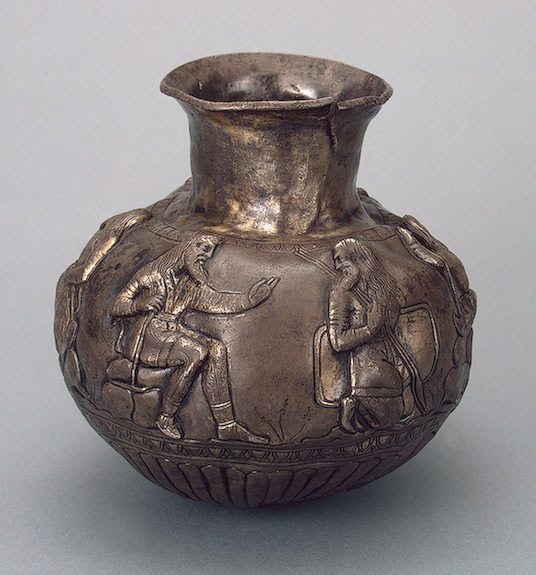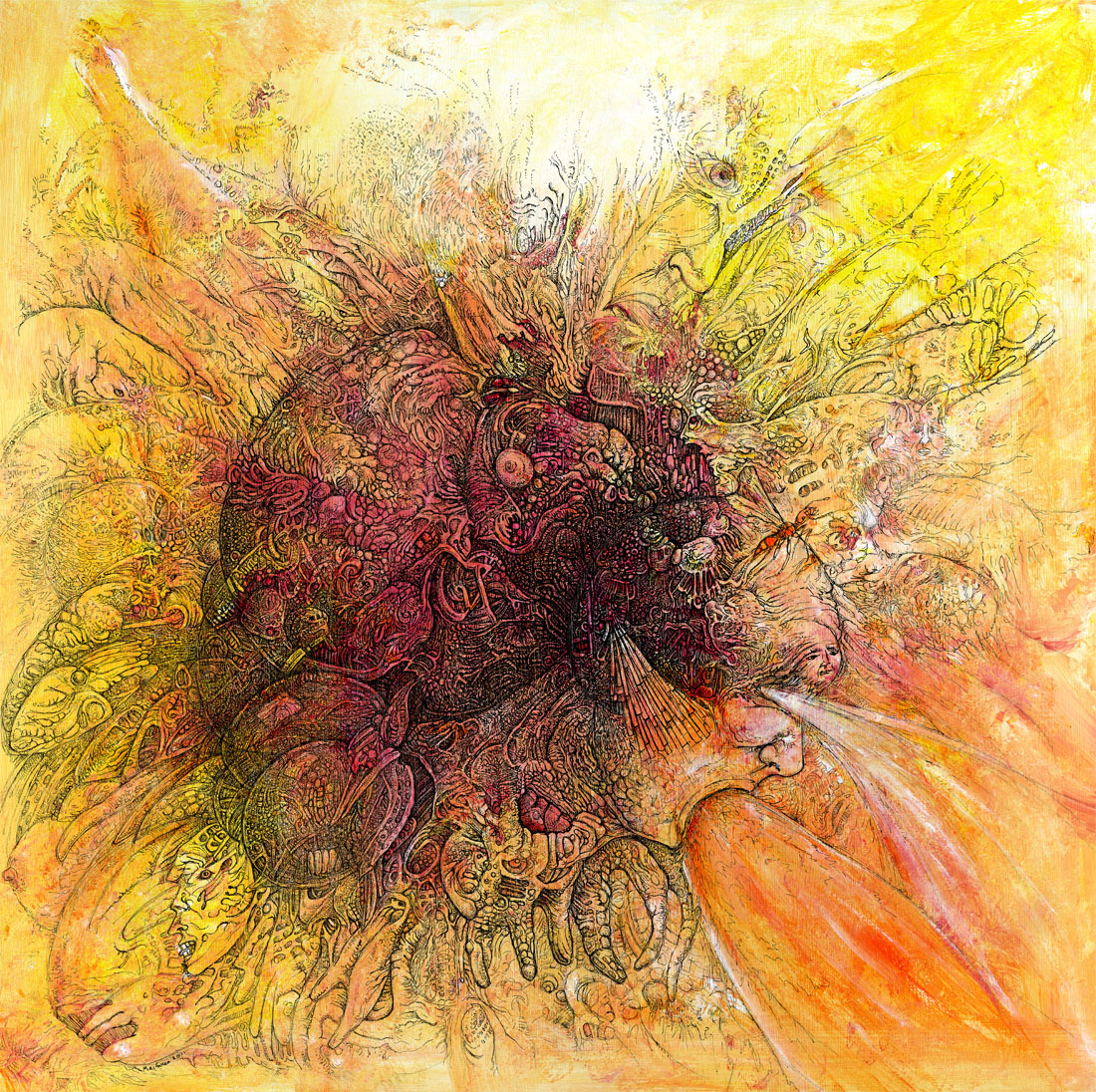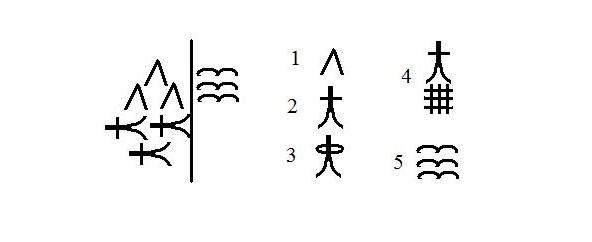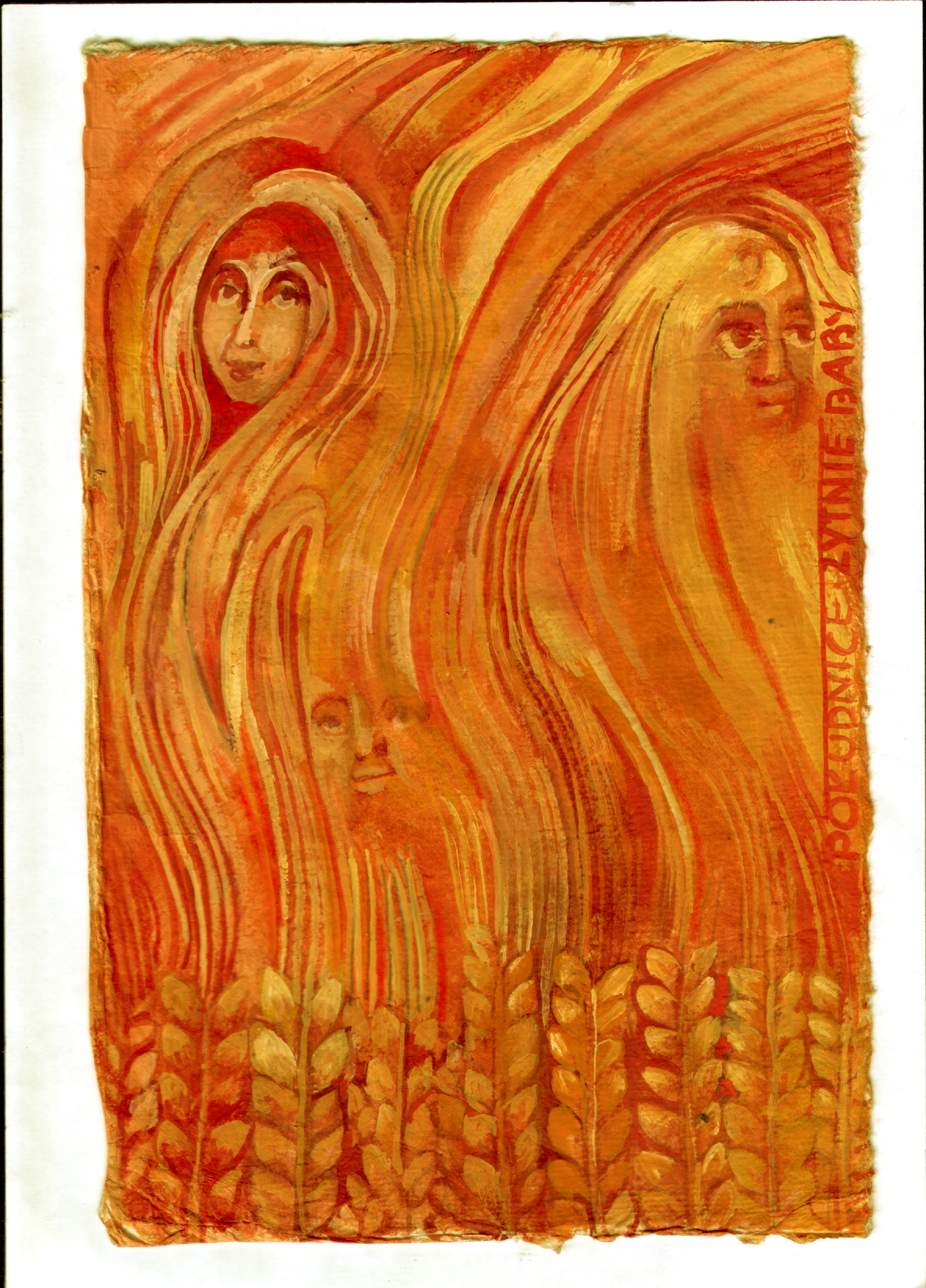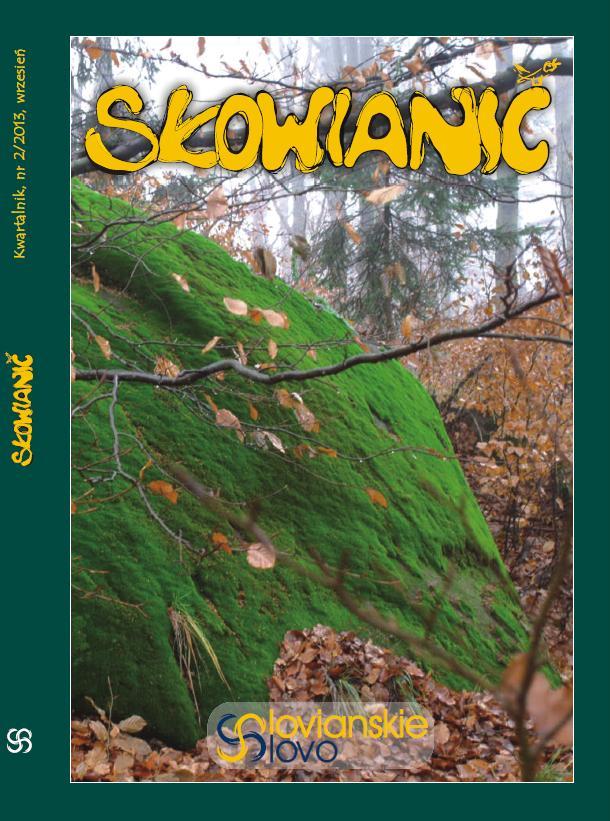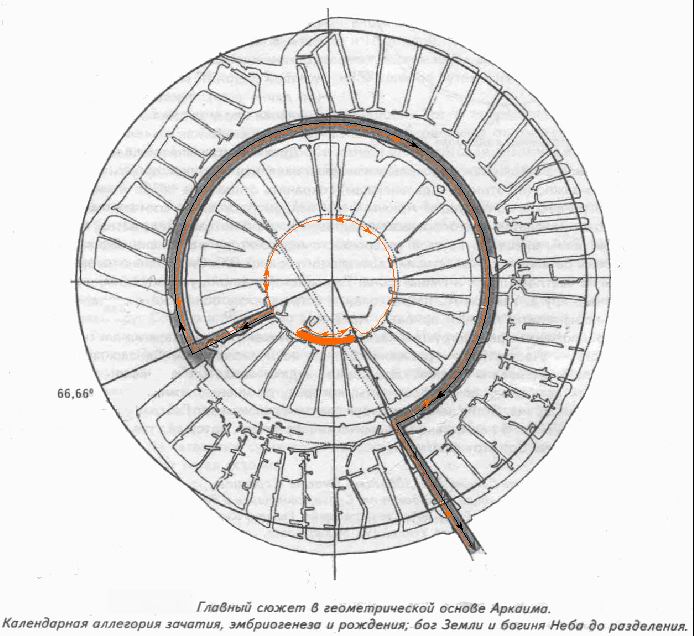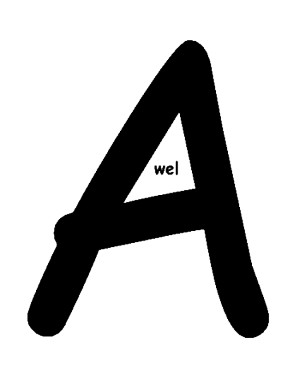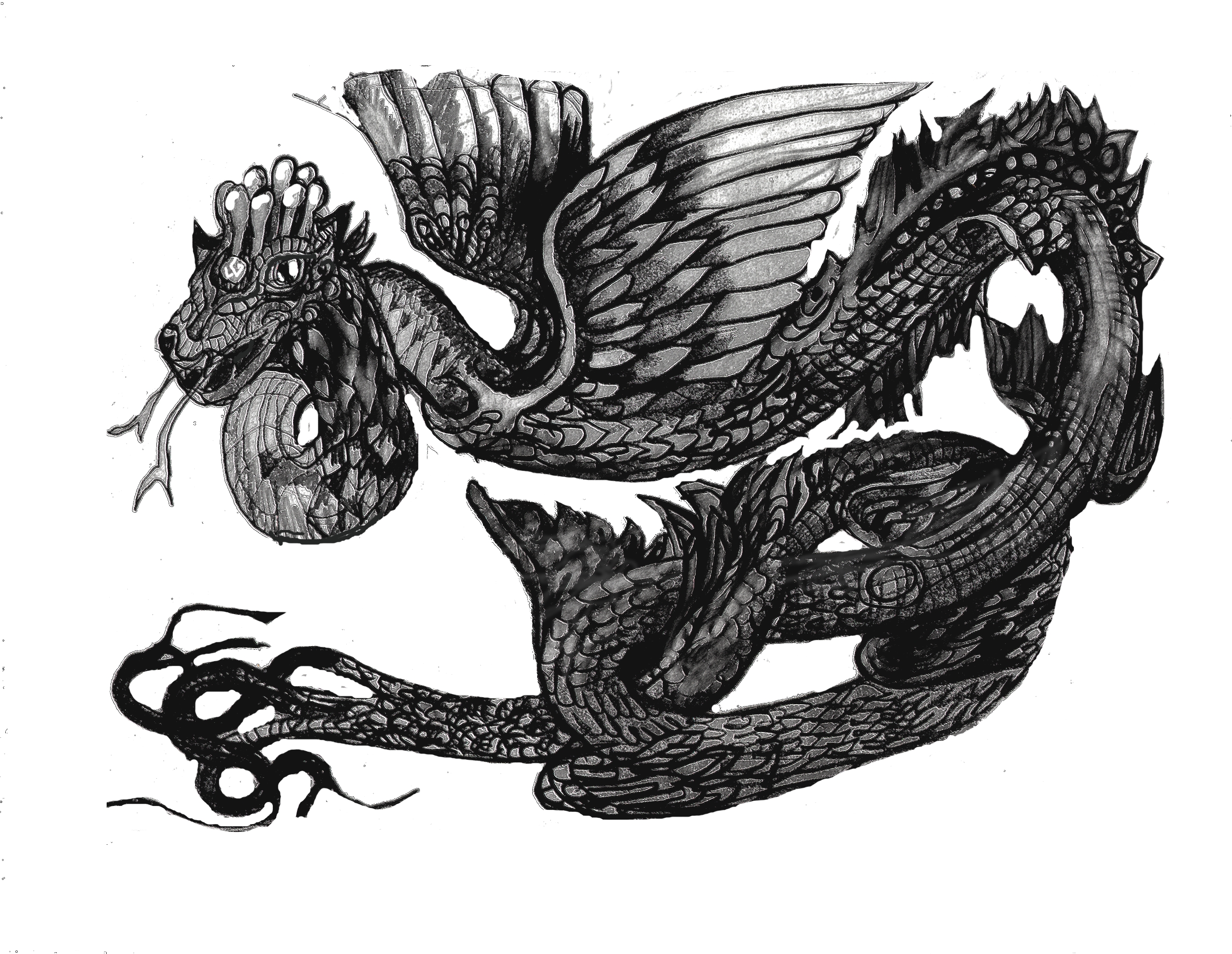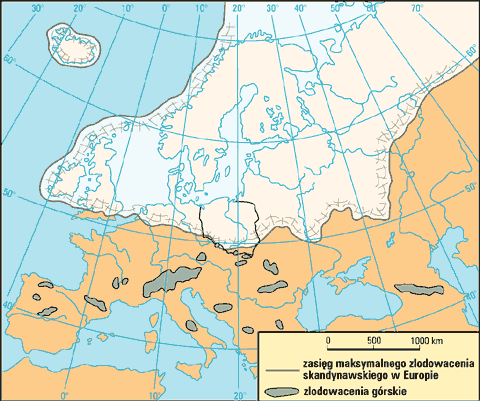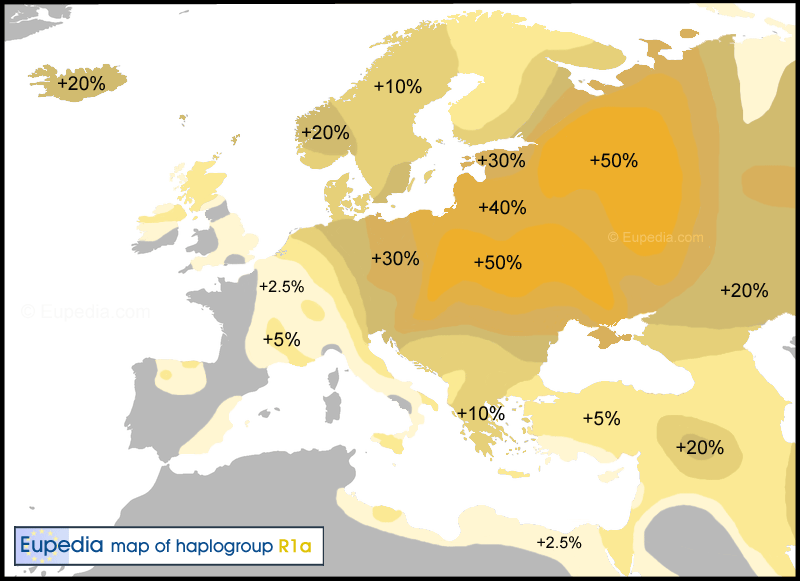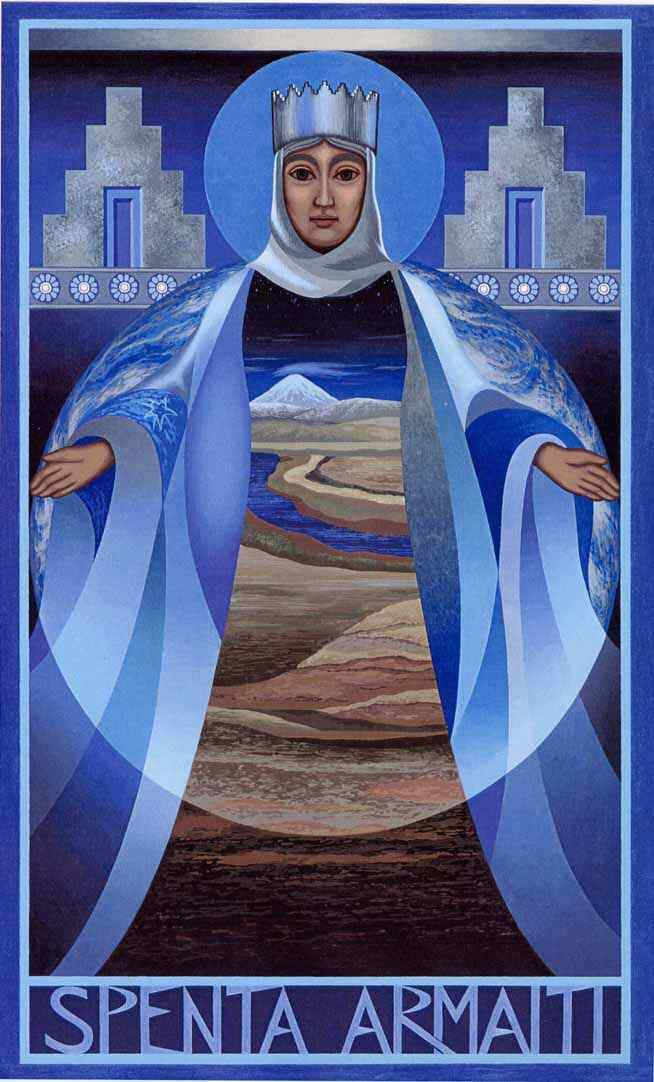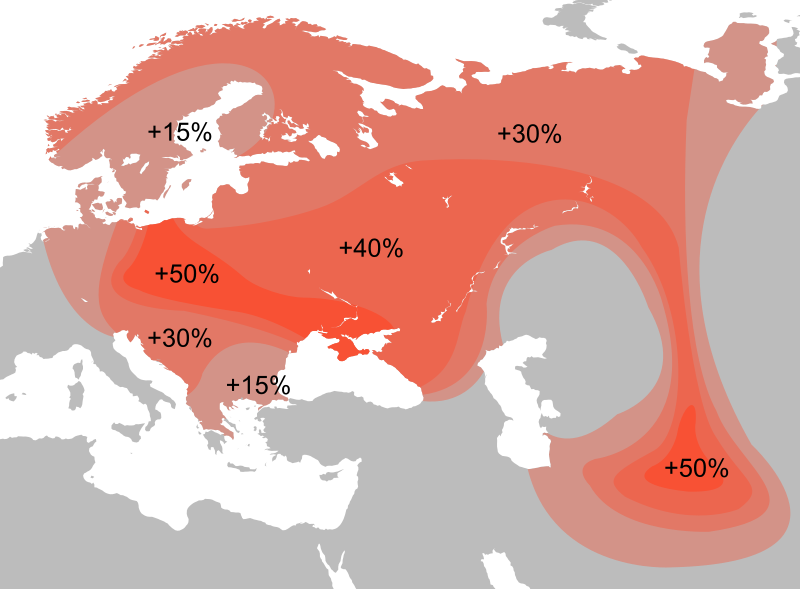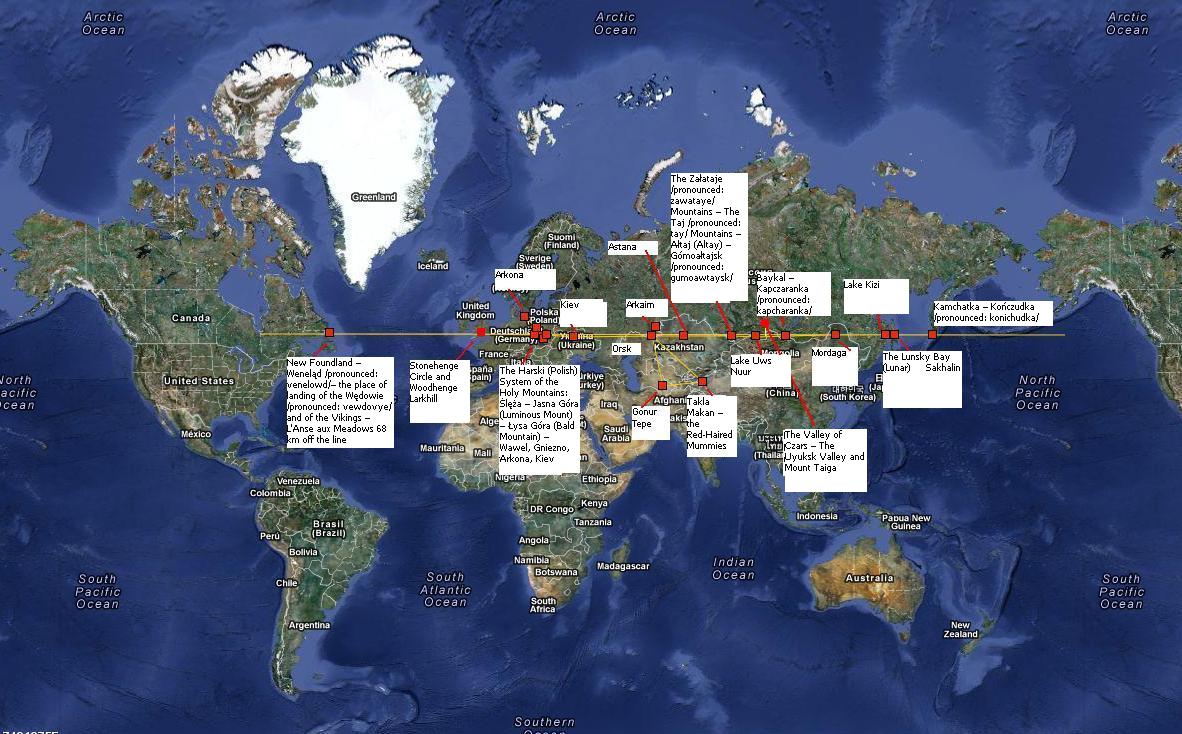© by T. S. Marski
© translated by Katarzyna Goliszek
The Vandals
In Europe in the Middle Ages the Polish were generally considered Vandals. For example, Tyrant Dagome (Polish) Mieszko I was called dux Wandalorum – ”the duke of the Vandals”.
Marcin Bielski thought the same and to justify it he quoted the fact of self-awareness of the Polish as, still in his times, the Poles defined themselves as gens Vandalorum (the nation of Vandals) (Marcin Bielski) ~ ‘And even nowadays they still sing in church “Bendic (Wendik-Wenedów) regem cunctorum, conuersa gens Vandalorum”. If five hundred years ago we regarded ourselves as Vandals and one thousand years ago we were called Vandals in Europe, it is difficult to regard this idea as false that till today we have been living in the original territory of the Vandals.
Wandale (Wandals)-Wandalici, Wandali – Wanda – Wanta (west Polish) – Banta (east Croatian) – Wątek (Wontek-Wantek-Wentek), permutation of the word thread-knot-link-vein (to have a knack for something), hence Wenedowie (Veneti), Weni, Veneci, Venets linking, noting down words, our name from the times of the dominance of Słewski Wolin Wizymierz In 406 the Vandals arrived in former Carthage through France and Spain. The evidence that they were of Slavic origin are often wide faces of the local Berbers (Barbarians). There, their name changed from Vandals into Mora’widowie /pronounced: moravydovye/, and in our territories into Mora’wianie (Moravians). Whether it is a suggestion or just an accident, it is known that there was a mission from European Vandals to African Vandals about 450 AD during which the European Vandals demanded that the African Vandals disclaim their rights to property in Poland. Gąsiorzyk did not agree on that. The essential issue the information contains is that 50 years after the immigration at that time of 80 thousand (not including women and children) of our grouping of armed forces, according to ”Secret History”, there was A Sate of Law respecting their right to property in the country of their origin. Consequently, so called Huns of Atilla could not undermine that state at any point. It should be reminded that they could have tried to do so, but after the battle at Nedao (Neda-Nida) so called Huns of Atilla ceased to play a major role in Europe.
Around 290 AD a conflict broke out between Visigoths (Therwingi) and Taifals from one side and between Vandals and Gepids from another. The long lasting conflicts between the Vandals and Sarmatians as well as Visigoths resulted in the Vandals’ great defeat in 335 AD in which their king Wisumar (Jordanes, Get.113 i n) died. The defeat made the Vandals leave their abode (iuxta flumina Marisia, Miliare et Gilpil et Grisia; according to L. Schmit: Marosza and White, Black and fast Keresz) and occupy new ones of Pannonia.
(let us pay attention to the name Wizymir – Wizymierz known to us from our chronicles – it is almost the same as the name Wisumar – Prokosz’s chronicle places Wizimir’s rule in almost the same period as Wisumar’s rule)
…
”The beginnings of concepts about the origin of Slavic nations from the Vandals are elusive. In VIII-IX th century AD, inhabitants of Pannonia,both Avars and Slavs, were sometimes called Vandals.
Annales Alemanici used this definition for the first time in 709 AD to refer to Polabian Slavs. Similarly Adam of Bremen „a Winulis qui olim dicti sunt Wandali”.
Mieszko I was called „dux Wandalorum” in St Udarlyk’s Life of Augsburg bishop from the end of X th century AD.
Blessed Wincenty Kadłubek … passed on this legend in Polish tradition for the first time … (Wandalowie/Wandalici (Vandals).
This concept had numerous followers in Poland and abroad in XIII and XIV th century AD.
Tagged with: Maria Janion, Starosłowiańska Świątynia Światła Świata (Old Slavic Temple of the World Light) Słowianie (Slavs)


